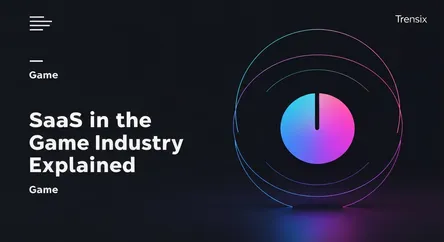Game
SaaS in the Game Industry Explained

Discover how Software as a Service (SaaS) is revolutionizing game development, distribution, and monetization. Learn about its impact on the industry.
What is it?
Software as a Service (SaaS) is a model where software is licensed on a subscription basis and is centrally hosted. In the game industry, this refers to the tools and platforms developers use. Instead of buying expensive software licenses or server hardware, developers subscribe to services. This includes game engines like Unity, backend platforms for multiplayer and analytics like AWS Game Tech or PlayFab, and collaborative project management tools. It’s essentially renting the necessary digital infrastructure to create, launch, and manage games on a flexible, pay-as-you-go basis.
Why is it trending?
The SaaS model is booming in game development because it dramatically lowers the barrier to entry. It replaces massive upfront capital investment with predictable, scalable operational costs. This allows indie developers and small studios to access the same powerful tools as major AAA companies. This flexibility is key; developers can scale their server capacity up or down based on player demand. The rise of powerful cloud computing has made these services more robust and accessible, fostering an environment of rapid innovation and continuous development that is essential in today's market.
How does it affect people?
For game developers, SaaS democratizes the creation process, enabling them to build complex games with smaller teams and budgets. This fosters more creativity and diversity across the industry. For gamers, the impact is twofold. It leads to a wider variety of innovative games, especially from independent creators. It also directly powers the 'Games as a Service' (GaaS) model, where games receive constant updates and new content. This extends a game's lifespan but also normalizes subscription-based monetization, shifting the market away from one-time purchases toward ongoing payment models.